
views
Using the Right Technique
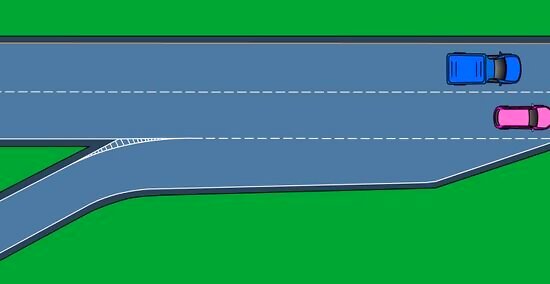
Building up speed. The first step of merging safely is to make sure you're travelling at the same speed as the traffic on the highway. Use the acceleration lane - the entrance ramp or place where you're entering the highway - to quickly gain speed. Merging at the same speed as the other highway traffic will ensure that you don't create a dangerous situation when you merge, with vehicles approaching very fast. Look in your mirrors and pay attention to the other cars while you're accelerating. You may need to wait a beat or two before accelerating to full speed if you see a line of cars coming up quickly in the lane into which you're trying to merge.
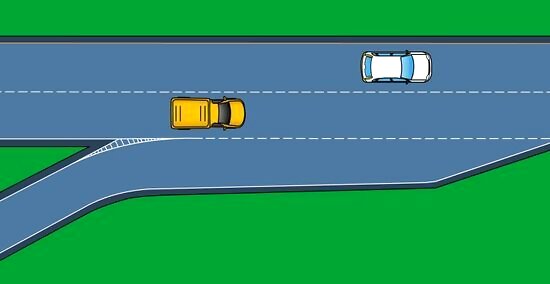
Use your indicator. Do it early, so other drivers can see your intentions. This gives them time to make any necessary adjustments. However, keep in mind that as the person merging, you don't have the right of way. Other drivers are not expected to move out of the way; rather, they'll continue going at the same speed, and it's up to you to make sure you adjust your speed and merge safely.
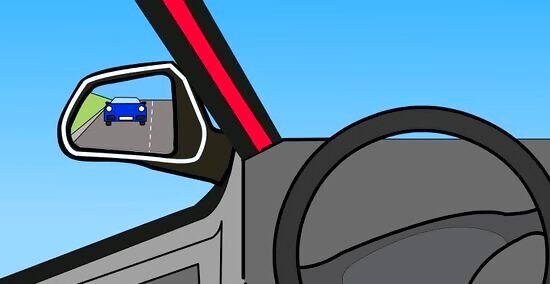
Look for a gap in traffic. If traffic on the highway is heavy, you'll have to find a gap before you merge. Keep your eyes on the road, but check your mirrors and look behind you to figure out when it is safe to go. At the same time, maintain an appropriate speed to allow you to merge safely into the flow of traffic. Look in the rearview mirror, then at your driver's side mirror. Glance to see that there is no vehicle in your blind spot (close behind you in the lane that you are merging). Check whether someone has slowed or stopped in the ramp/merge lane in front of you.
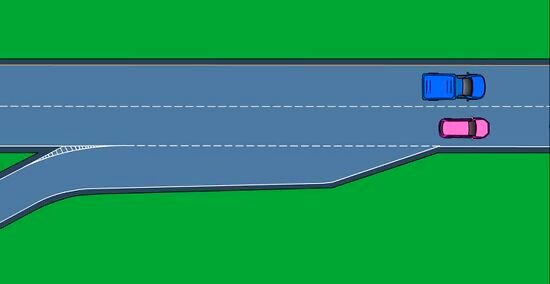
Merge when it's safe to do so. When you see a gap, ease your car into the lane. You should now be driving at the same speed as the rest of the traffic. Pay attention to the cars around you as you merge; you'll need to be able to react quickly if someone brakes in front of you or tries to enter your lane.
Practicing Good Merging Habits
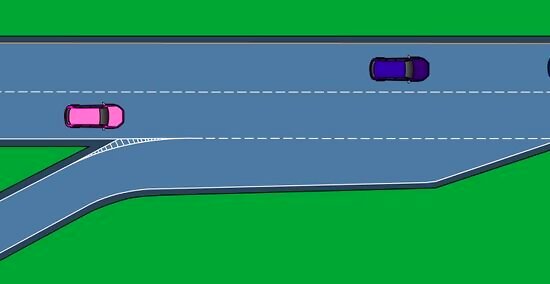
Check other cars' "body language". Technically, cars in the merging lane are supposed to continue at the same speed, making it the responsibility of the person merging to find a gap and ease into it. However, every driver behaves a little differently, so it's important to pay attention to what's going on and make decisions based on reality. If you see a car behind you that seems to be slowing down, the driver is probably trying to "let you in"; accelerate and take the person up on the favor. The same goes if you notice cars moving out of the merge lane to make room for you. If you see a car that seems to be speeding up, let the person pass before trying to merge. Sometimes drivers will wave you in with their hands, too. Never assume others will use the correct speed. It's up to you to react to what happens.

Create gaps in front and behind you. As you merge, you want to maintain a nice distance from the cars behind you and in front of you. This provides a little buffer in case the car in front of you brakes, forcing you to suddenly slow down. Practice accelerating at just the right speed, so that you're not coming up on cars too quickly or slowing things down behind you.
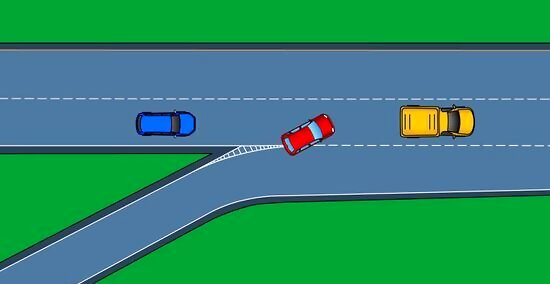
Never merge abruptly. Do your best not to jut into the lane into which you're trying to merge. Other drivers might not see you. Make sure you use your turn signal, and make eye contact if possible.
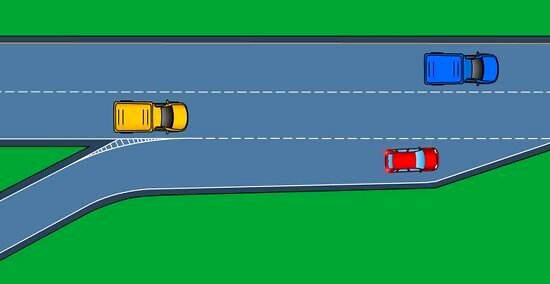
Don't come to a stop in the merge lane. If traffic is bad and you don't see any gaps, you might be tempted to come to a stop. This is not a good idea, because it takes too long for a car to accelerate from 0 to 65; when you try to start moving again, it'll be dangerous for both you and the other drivers. By putting your turn signal on right away, accelerating to the speed of traffic, and making eye contact with the driver behind you, you should be able to create a gap.
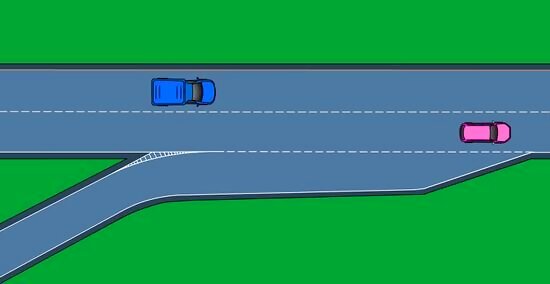
Be kind when you see others merging. Ease off the gas a bit if someone's trying to merge onto the highway in front of you, or speed up if that's the safer option. Stay alert and try to make things easier for the other drivers - it makes the highway safer for everyone.











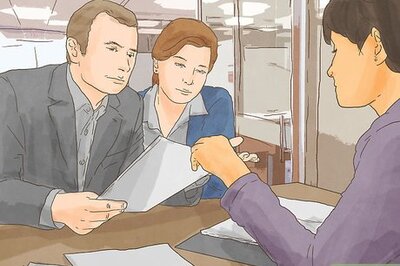

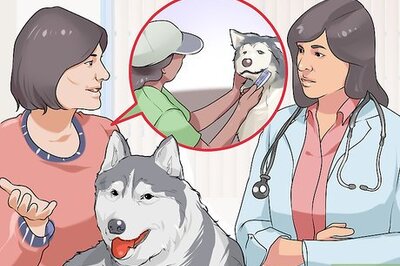
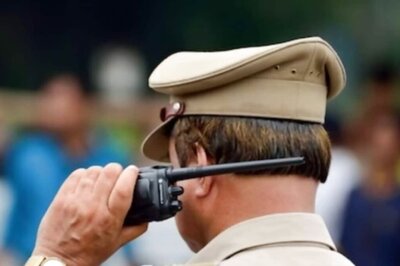

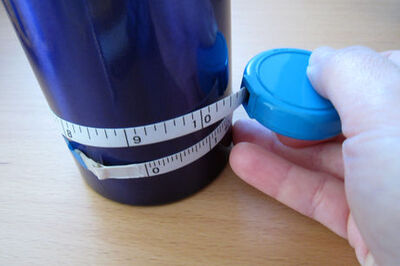

Comments
0 comment